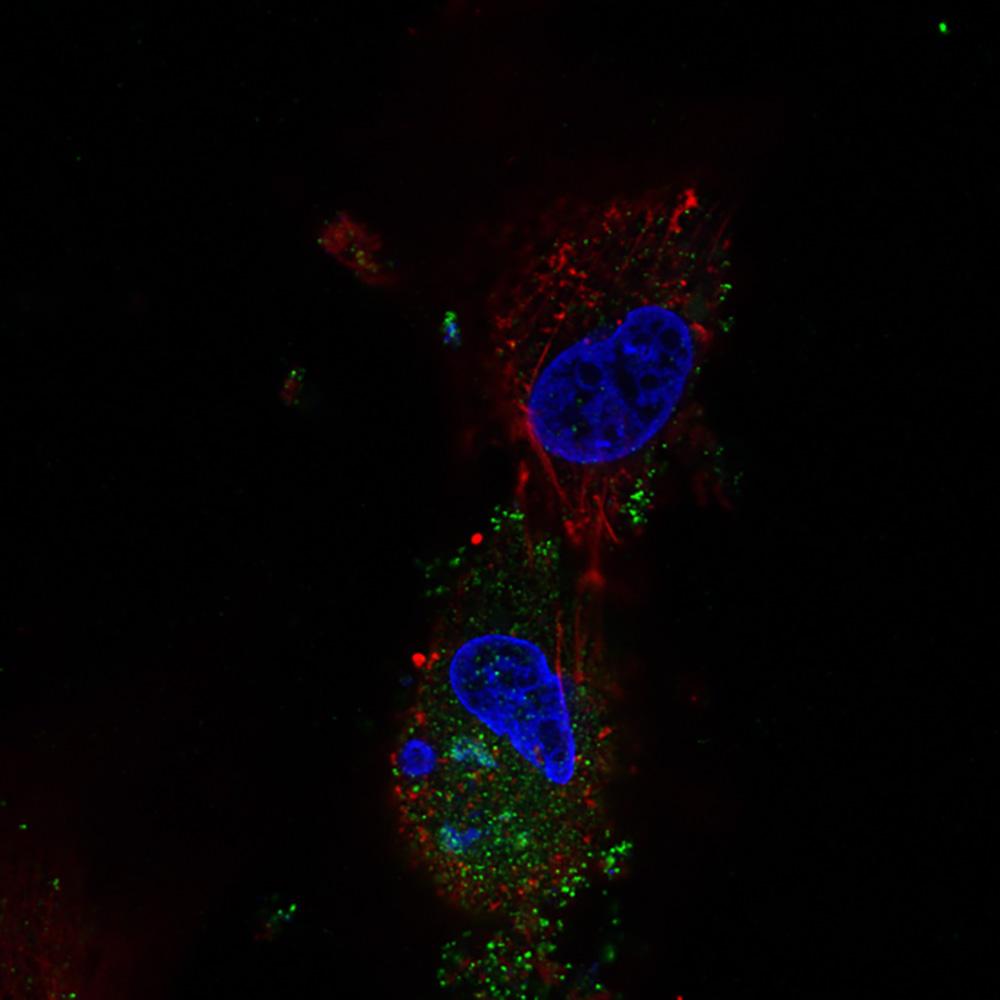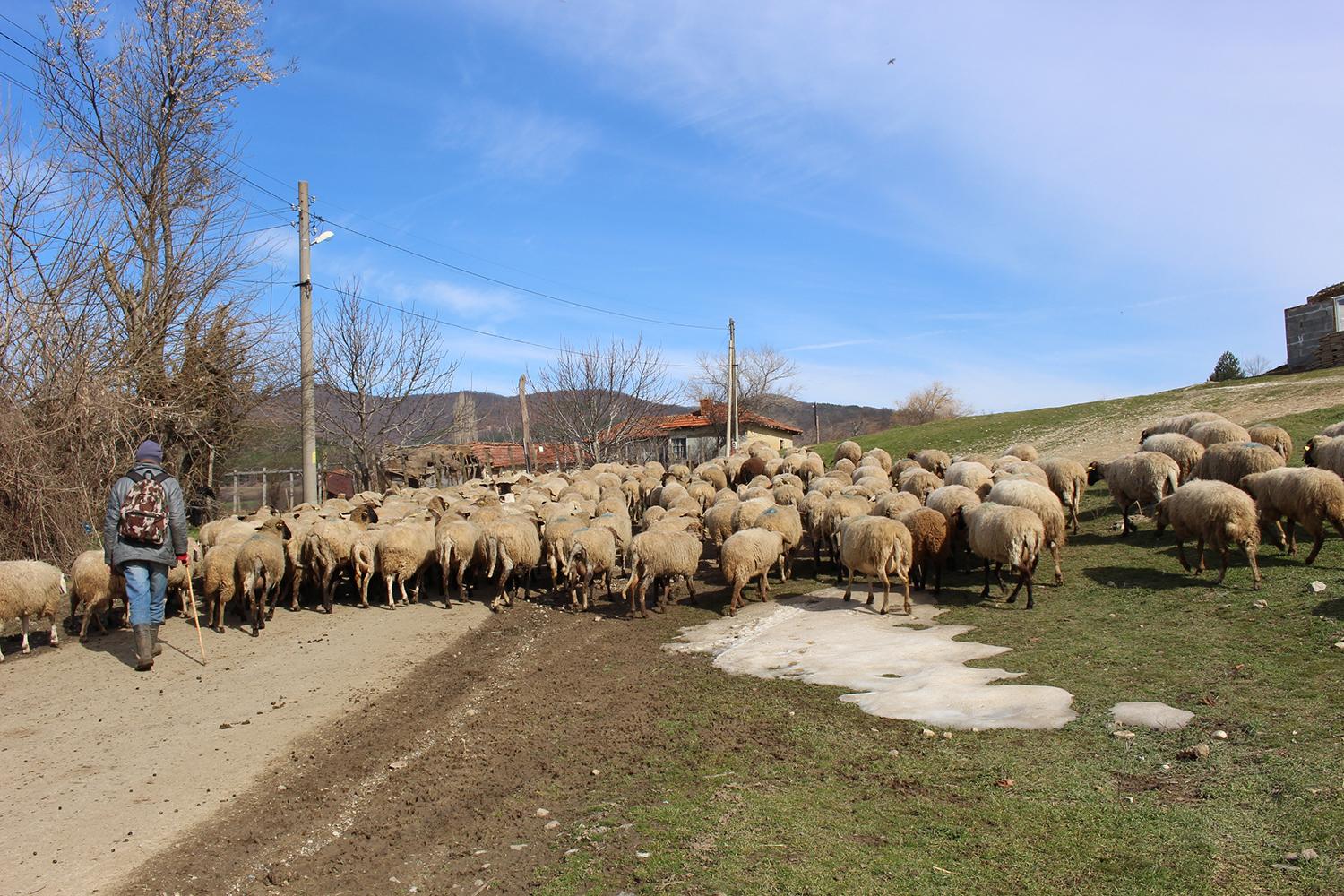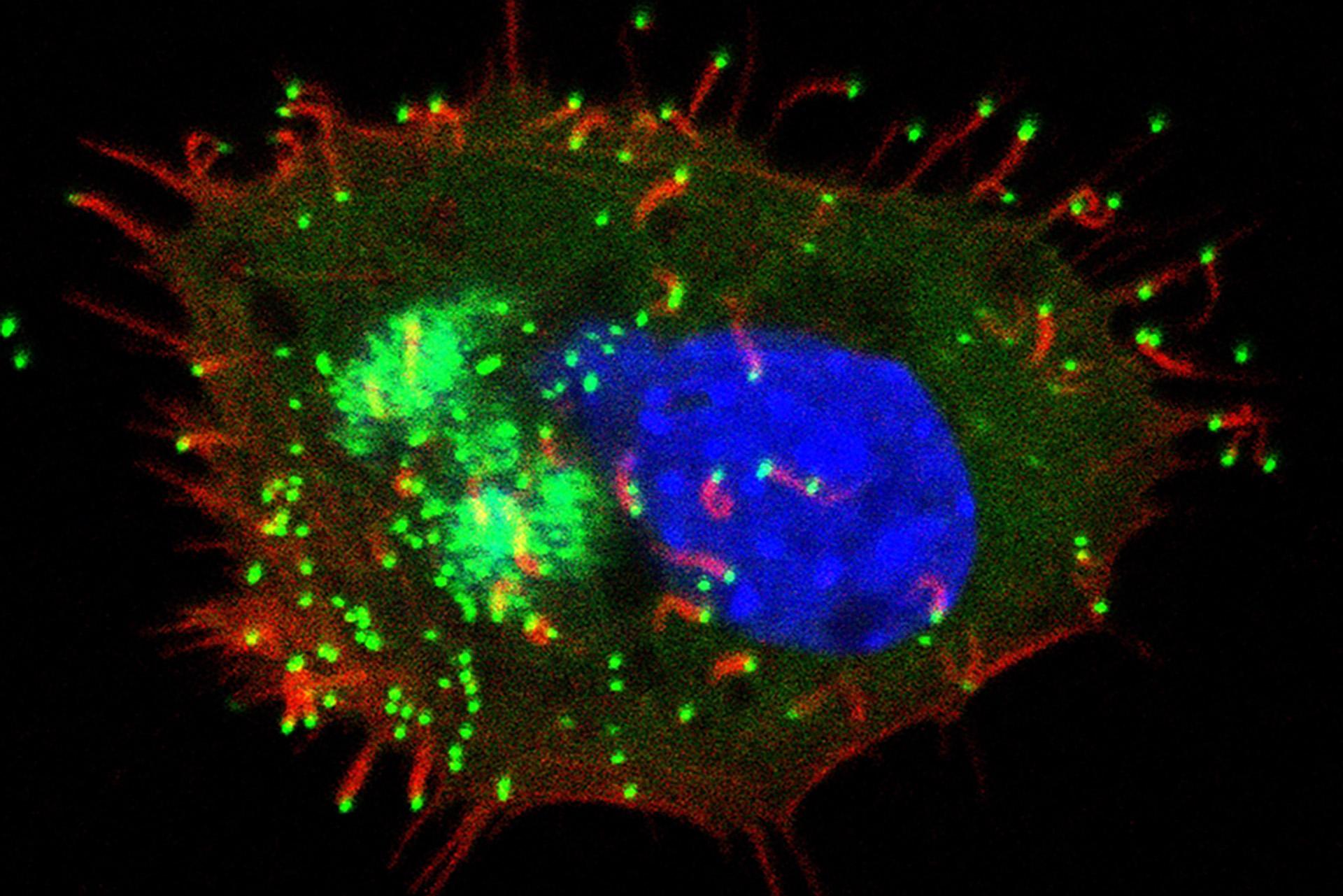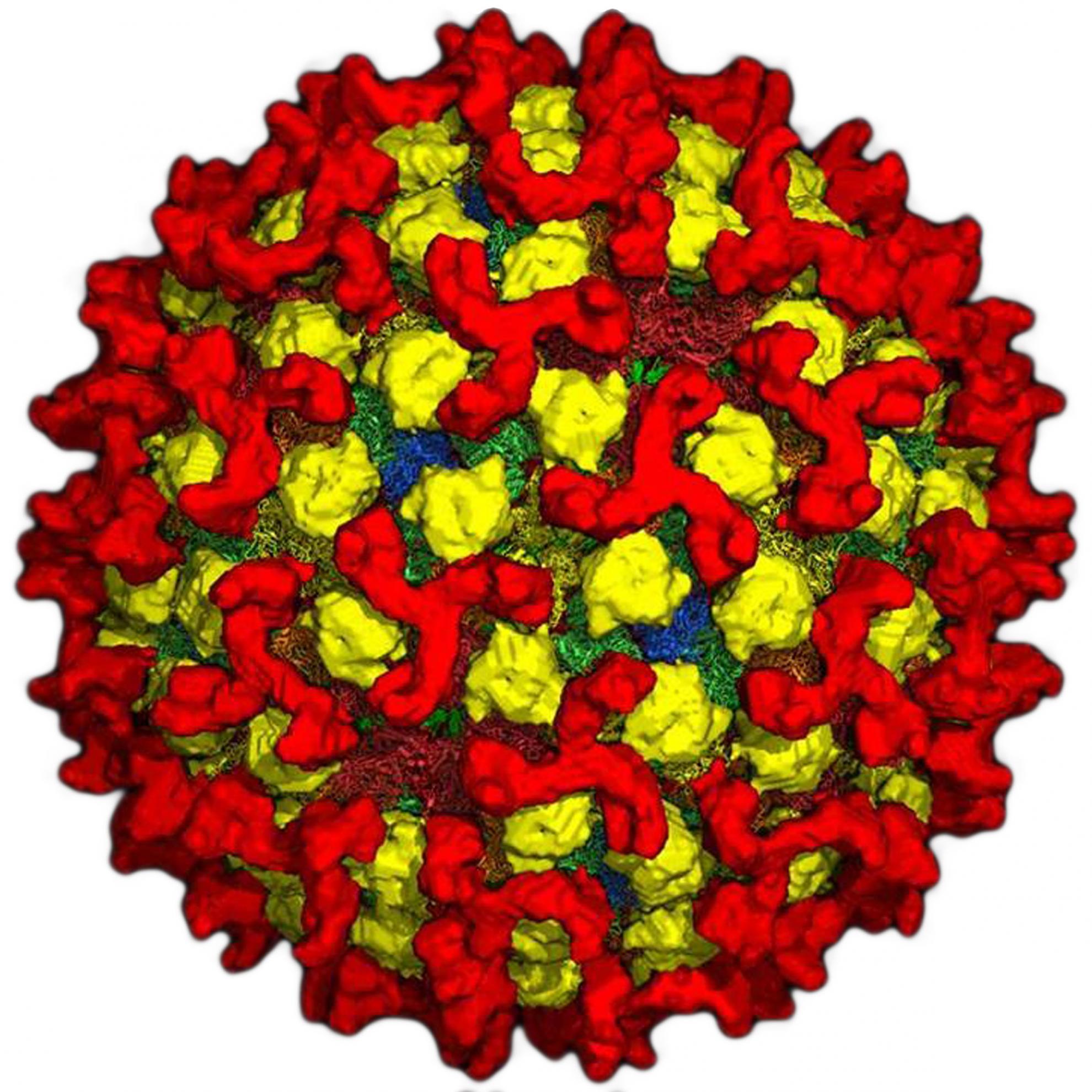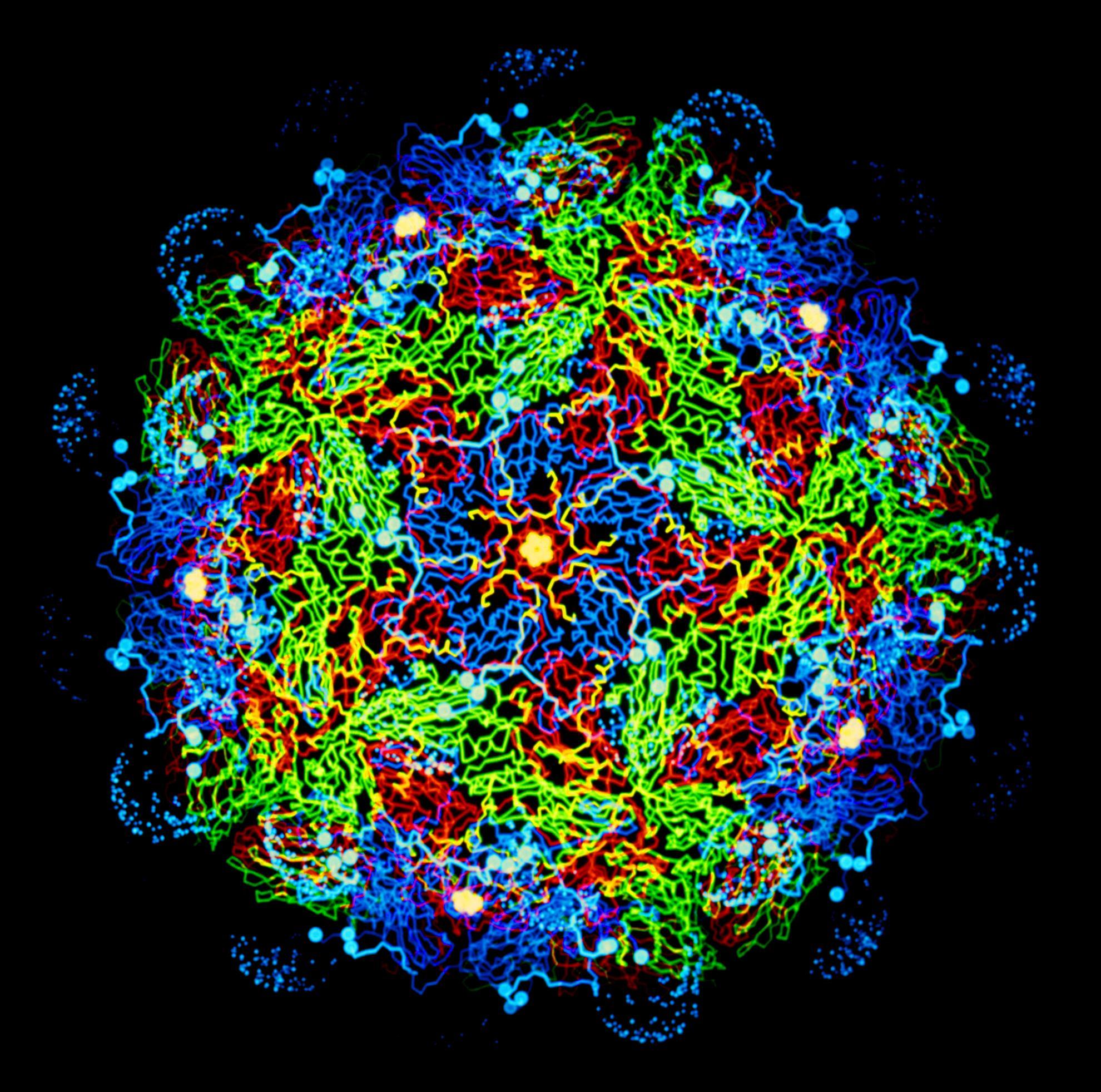The sheeppox virus (SPPV) and goatpox virus (GTPV) cause serious and contagious skin diseases in sheep and goats.
These viruses are found in saliva, secretions from the nose, eyes, milk, urine and faeces. Scabs from the skin lesions are also infectious and can survive in the environment.
Animals can be infected by direct contact with infected animals or indirectly through contaminated objects (fomites) such as clothing or footwear. The virus is also present in respiratory aerosols and can be spread by close contact and by insects.
Sheeppox and goatpox can be found in Africa, Asia, the Middle East, and India. More recently, outbreaks were reported in Spain (2022), Greece (2023), and Bulgaria (2023). All outbreaks in Europe have been controlled through stamping out and movement restrictions.
Significant economic losses can be caused by these diseases where agriculture and livestock are crucial to people's livelihoods. There are vaccines available against SPPV and GTPV, but their quality and effectiveness can vary.
Please see the Defra website for advice on how to spot and report the disease.
Clinical signs
Clinical signs of sheeppox and goatpox vary with younger animals being more severely affected.
- Fever
- Red spots that become blisters on the muzzle, eyelids, ears, udder or in severe cases all over the body
- Lesions can develop internally causing breathing difficulties
- Lethargy
- Depression
- Reluctance to feed
- Eye and nose discharge or swollen eyelids
- Death (5-10% in endemic areas, approaching 100% in imported animals)
Virology
Sheeppox and goatpox are members of the Poxviridae, genus Capripoxvirus. Initially thought to be the same strain of virus, genetic sequencing has shown they are different but closely related viruses.
Some strains are able to infect both sheep and goats whilst others are host specific. Recombination can also occur between sheep and goat strains, creating a range of host preferences and virulence.
Taxonomy
Realm Varidnaviria, kingdom Bamfordvirae, phylum Nucleocytoviricota, class Pokkesviricetes, order Chitovirales, family Poxviridae, subfamily Chordopoxvirinae, genus Capripoxvirus, species Sheeppox virus and Goatpox virus.
Virion
SPPV and GTPV virions display a typical poxvirus morphology: brick-shaped virions (220-450 long × 140-260 wide × 140-260 nm thick). Virions consist of a lipoprotein surface membrane enclosing a biconcave core that contains the DNA genome. Two lateral bodies are present in the concave regions between the core and the membrane.
Genome
SPPV and GTPV genomes are linear molecules of dsDNA, approx. 150,000 base pairs (bp) in length, with covalently-closed ends. SPPV and GTPV genomes exhibit 96% nucleotide identity and encode 147 putative genes. The virus genome is organized in a central region flanked by identical inverted terminal repeats of ~2,200 bp each.
Lifecycle
Virus entry is mediated by fusion between viral and cellular membranes at the plasma membrane or following endocytosis. The early phase of replication includes expression of proteins needed for replication of viral DNA and modulation of the host cellular functions and antiviral defences. DNA replication and gene expression occur in the cytoplasm in ‘virus factories’ and is mediated by virus-encoded proteins. The late phase of replication includes the expression of structural proteins involved in the multistage assembly of new virions. Virions are released by exocytosis or after cell lysis.
Pirbright's research on sheeppox and goatpox virus
As home to the National and World Organisation of Animal Health (WOAH) reference laboratory for SPPV and GTPV, we provide an essential diagnostic, surveillance, and advisory service to the UK government and WOAH. We are responsible for maintaining and continually improving the suite of molecular and serological tests that detect SPPV and GTPV in infected ruminants.
Using the latest next generation sequencing technologies, we are improving the speed and efficiency of determining the genomic sequence of SPPV and GTPV isolates, which will help us to understand how viruses evolve, spread and the origin of new incursions or outbreaks.
The Transmission Biology Group investigates epidemiological characteristics, efficacy of control measures and economic impact of sheeppox and goatpox in endemic countries.
The Capripoxvirus Biology Group investigates the molecular and cellular mechanisms underpinning the host range of SPPV and GTPV. This will produce the fundamental knowledge about the pathogenesis of capripoxvirus infection and disease and inform the development of the next generation of SPPV and GTPV vaccines.
